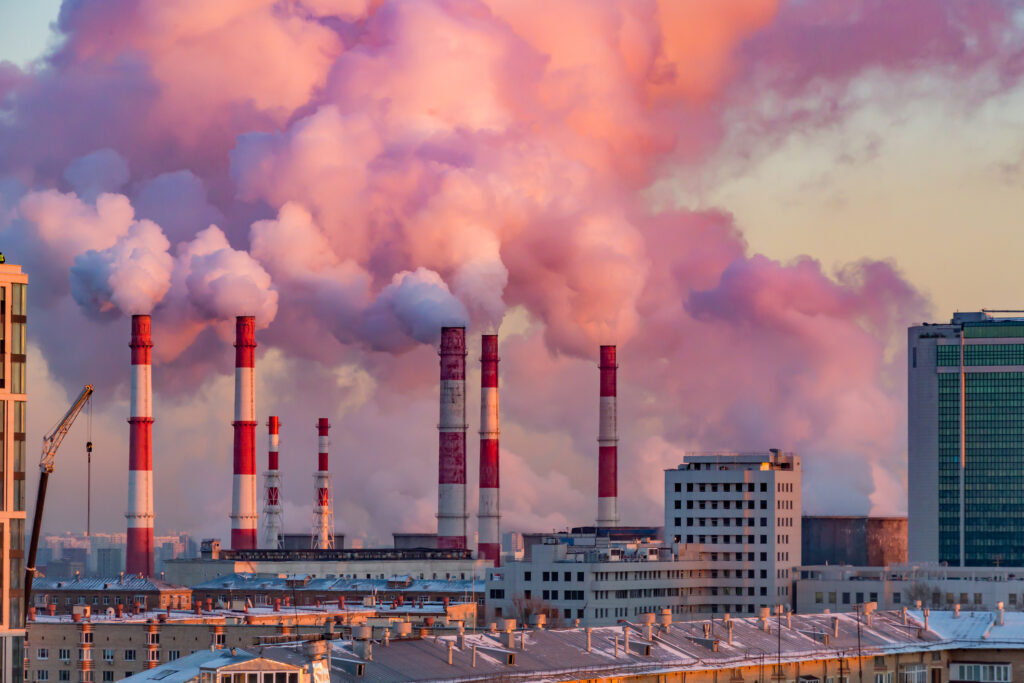Types of Air Pollution – Air pollution aims to discharge pollutants into the air that is damaging to humans’ health and other living creatures or does damage to the materials or environment. There are several air pollutants including gases (such as carbon monoxide, nitrous oxides, ammonia, sulfur dioxide, methane, and chlorofluorocarbons), particulates (inorganic and organic materials), and biological molecules. Air pollution may produce allergies, diseases, and could even be fatal; it may also injure other living organisms, particularly food crops and animals, and may harm the natural environment (e.g. habitat degradation, ozone deficiency, or climate change) or built environment (e.g., acid rain). Both human activity and biological manners can create air pollution.
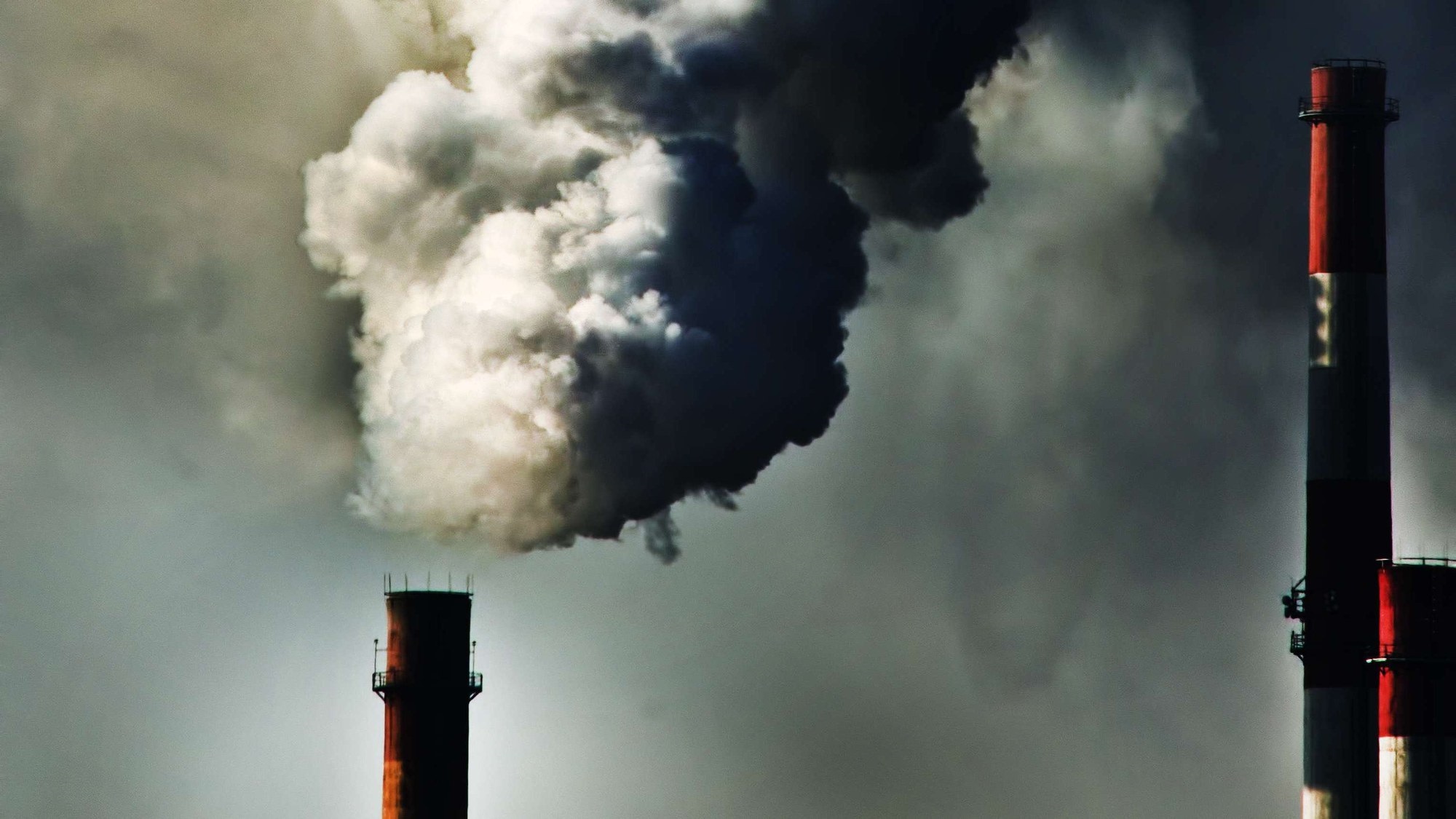
What is Air Pollution?
As discussed before, air pollution associates with the discharge of pollutants into the air that is harmful to social health and the planet.
Air pollution is a well-known risk factor for numerous pollution-related diseases, including Chronic Obstructive Pulmonary Disease (COPD), heart disease, lung cancer, respiratory infections, and stroke. The influences of poor air quality on human health are far-reaching but considerably influence the body’s cardiovascular and respiratory systems. Individual reactions to air pollutants strongly depend on the type of contaminants a person is exposed to, the level of exposure, and their heredity and health condition.
Indoor air pollution and unfavorable residential air quality are recorded as two of the world’s most serious toxic pollution challenges in the 2008 Blacksmith Institute World’s Worst Polluted Areas report. Outdoor air pollution alone produces 2.1 to 4.21 million losses annually. By and large, air pollution causes the deaths of around 7 million souls globally each year and is the world’s most significant single environmental health hazard.
Productivity drops and depraved quality of life influenced by air pollution are estimated to cost the world market $5 trillion annually. Various pollution restriction technologies and approaches are possible to diminish air pollution. To reduce air pollution influences, both national and international regulations and laws have been implemented to regulate air pollution. Local laws that were financed appropriately in cities have led to valuable public health progress.
Some of these attempts have been thriving at the international level, for instance, the Montreal Protocol, which greatly diminishes the release of harmful ozone-depleting chemicals, or the 1985 Helsinki Protocol, which diminished sulfur emissions, while other efforts have been less effective in implementation, such as international action on climate change.
What Causes Air Pollution?
By definition, pollution refers to any element that is “out of place”. To put it another way, it is what happens when contaminants, toxins, and other harmful outcomes are entered into an ecosystem, disturbing its natural roles and models. When it proceeds to our atmosphere, pollution points to the introduction of particulates, biological elements, and chemicals that can be disturbing to humans, animals, and plants, causing damage to the natural environment.
Whereas some reasons for pollution are entirely natural – being the consequence of sudden fluctuations in temperature, seasonal variations, or natural cycles – others emerge from human impact. More and more, the products of air pollution on our planet, especially those emanating from human action, are of outstanding anxiety to environmental organizations, planners, and developers, given the long-term impact they can have.
The atmosphere of the Earth, by composition, is made up of 78% nitrogen, 21% oxygen, and other modicum gases, such as argon and carbon dioxide. This balance is indispensable to all life here on Earth, so pollutants can have a critical and damaging outcome. On the whole, pollution can take multiple forms, like carbon composites such as carbon monoxide and carbon dioxide, sulfuric composites like sulfur dioxide, methane, radioactive decay, or toxic chemicals.
Additionally, air pollution can be divided into Primary and Secondary type pollutants. Whereas primary sources produce primary pollutants, i.e. the direct outcome of processes, such as volcanic eruptions or manufacturing emissions, secondary pollutants are the consequences of intermingling and reactions by primary pollutants, such as water vapor and carbon emissions, which form smog.
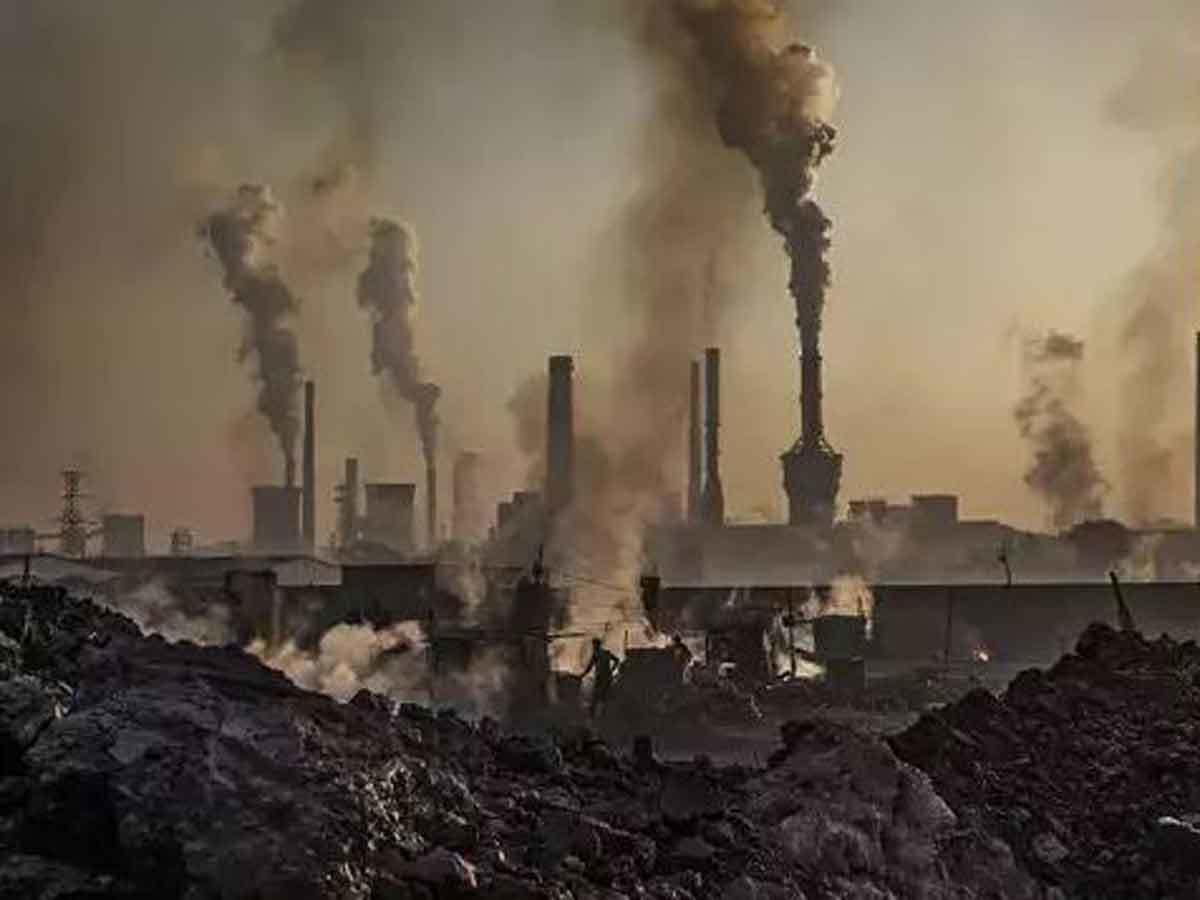
Types of Air Pollution?
The most prevalent and damaging pollutants outdoors include:
- Particulate matter
- Nitrogen dioxide
- Ozone
- Sulfur dioxide
In what follows, we will describe each of the mentioned pollutants.
Particulate Matter (PM)
Particulate matter is a mix of liquids and solids, including carbon, complicated organic chemicals, sulfates, mineral dust, nitrates, and water suspended in the air.
PM diversifies in size. Some particles, such as soot, dust, smoke, or dirt, are dark or big enough to be detected with the bare eye. But the most detrimental particles are the smaller particles, identified as PM10 and PM2.5. PM10 applies to particles with a diameter smaller than 10 microns. Similarly, PM2.5 assigns to particles with a diameter smaller than 2.5 microns, and these are recognized as fine particles. The smallest fine particles, smaller than 0.1 microns in diameter, are termed ultrafine particles.
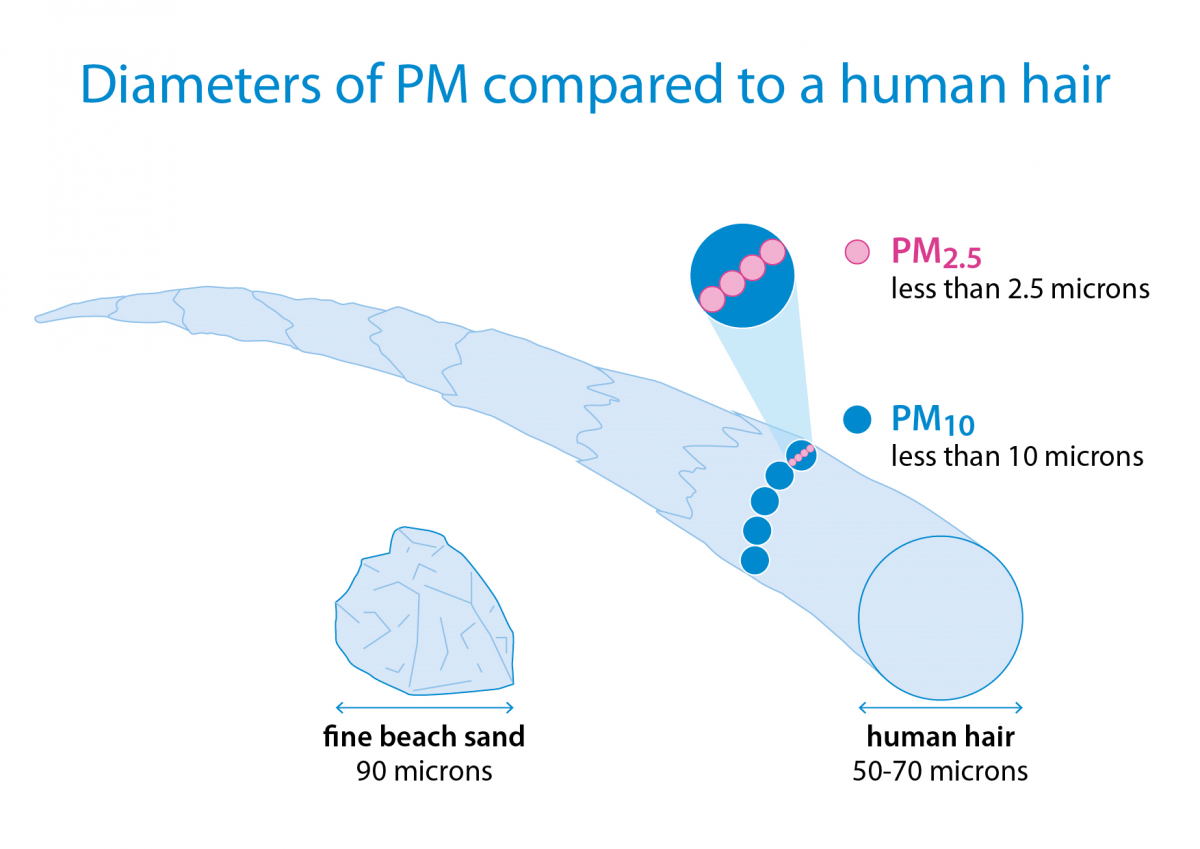
Human-made particulate matter largely originates from industry, construction work, petrol and diesel engines, friction from brakes and tires, and dirt from road surfaces. Diesel engines tend to generate much more than equivalent petrol motors.
Natural sources of particulate matter involve sea spray, volcanoes, pollen, and soil. It is also created in the atmosphere when gases such as sulfur dioxide and nitrogen dioxide are replaced in the air by chemical reactions.
The particulate matter size will ascertain where it will end up when you inhale it. More massive particles may be caught in your nose, while PM10 can enter your airways. Fine particles (PM2.5) may transfer to the breathing sacs deep in your lungs, and ultrafine particles may even cross into your blood stream. These particles can also transport toxic chemicals that are associated with cancer.
Particulate matter throat and irritates your nose and may be connected with more critical symptoms in people with asthma. Consequently, more people with lung conditions (asthma, COPD, bronchitis) and heart conditions (strokes, heart attacks) are admitted to the hospital. It also makes early deaths from heart and lung disease.
There’s also proof that long-term exposure to particulate matter can provide the development of lung cancer and probably asthma.
Nitrogen dioxide (NO2)
Nitrogen dioxide is a gas in its primary form and is a principal component of urban air pollution incidents.
Human-made sources of nitrogen oxides, including nitrogen dioxide, are power stations, vehicles, and heating. Diesel vehicles are the main contributors in residential areas. Roadside levels are most leading where traffic is heaviest.
High levels of NO2 can aggravate and irritate the lining of your airways, creating COPD or a flare-up of asthma and symptoms such as difficulty breathing and coughing.
Children and older people are also more prone to be influenced and develop a respiratory infection. They may react more to allergens (any material that triggers an allergic response, such as pollen).
Ozone (O3)
Ozone is a type of gas comprised of three atoms of oxygen. It absorbs destructive ultraviolet radiation in the higher level of the Earth’s atmosphere.
Near the ground, ozone is created by a chemical reaction between the sun’s waves and organic gases and oxides of nitrogen discharged by cars, chemical plants, power plants, and other sources.
Ozone is regularly highest in the spring and summer and lowest in the winter. Besides, Ozone levels are highest during the afternoon and are usually higher in the countryside than in cities. Ozone is a principal component of summer air pollution events.
Ozone can aggravate the airways of both normal people and those with lung diseases. High levels can create trouble when you breathe, diminish your lung capacity, and trigger asthma symptoms.
If you have a lung illness, high ozone levels can make difficulty breathing, coughing, and wheezing. People with asthma may require to use their reliever inhaler more frequently.
When there are high ozone levels, more people go to the hospital with asthma-related health difficulties and COPD symptoms, and there is a higher risk of illnesses like bronchitis and pneumonia.
Sulfur dioxide (SO2)
Sulfur dioxide is known as a colorless gas with a sour, suffocating smell. It is created by burning sulfur-containing fuels such as oil and coal. This involves power generation, vehicles, and heating.
Most sulfur dioxide originates from electric industries that combust fossil fuels and also from petrol factories and cement production. It can migrate over long distances and contributes to ozone formation.
Sulfur dioxide can aggravate the lining of your nose, lungs, and throat. It can cause tightness of your chest and coughing, as well as a contraction of your airway that will decrease the flow of air to your lungs. It irritates the airways, causing more mucus and coughing. It makes situations like COPD worse and asthma and can lead to more likely chest diseases.
People with asthma are more susceptible to sulfur dioxide than those who do not have asthma. They may find breathing more challenging and have flare-ups when concentrations of sulfur dioxide are great.
Conclusion
Air pollutants create many respiratory illnesses, both acute and chronic. Acute diseases involve a range from mild irritations to inflammation to allergic responses to impaired lung function to complete respiratory breakdown depending on the level of exposure. Chronic diseases comprise chronic obstructive pulmonary diseases (COPD), asthma, cardiovascular diseases, and lung and other cancers. Oxidative stress launched by air pollutants seems to play a large function in such chronic diseases.
Still, there are steps to limit, control, and ultimately diminish air pollution, namely employment of renewable fuel sources and clean energy production, reduce energy consumption by utilizing responsible habits and using more efficient appliances, moving to electric and hydrogen vehicles and encouraging shared mobility, and employing green buildings.
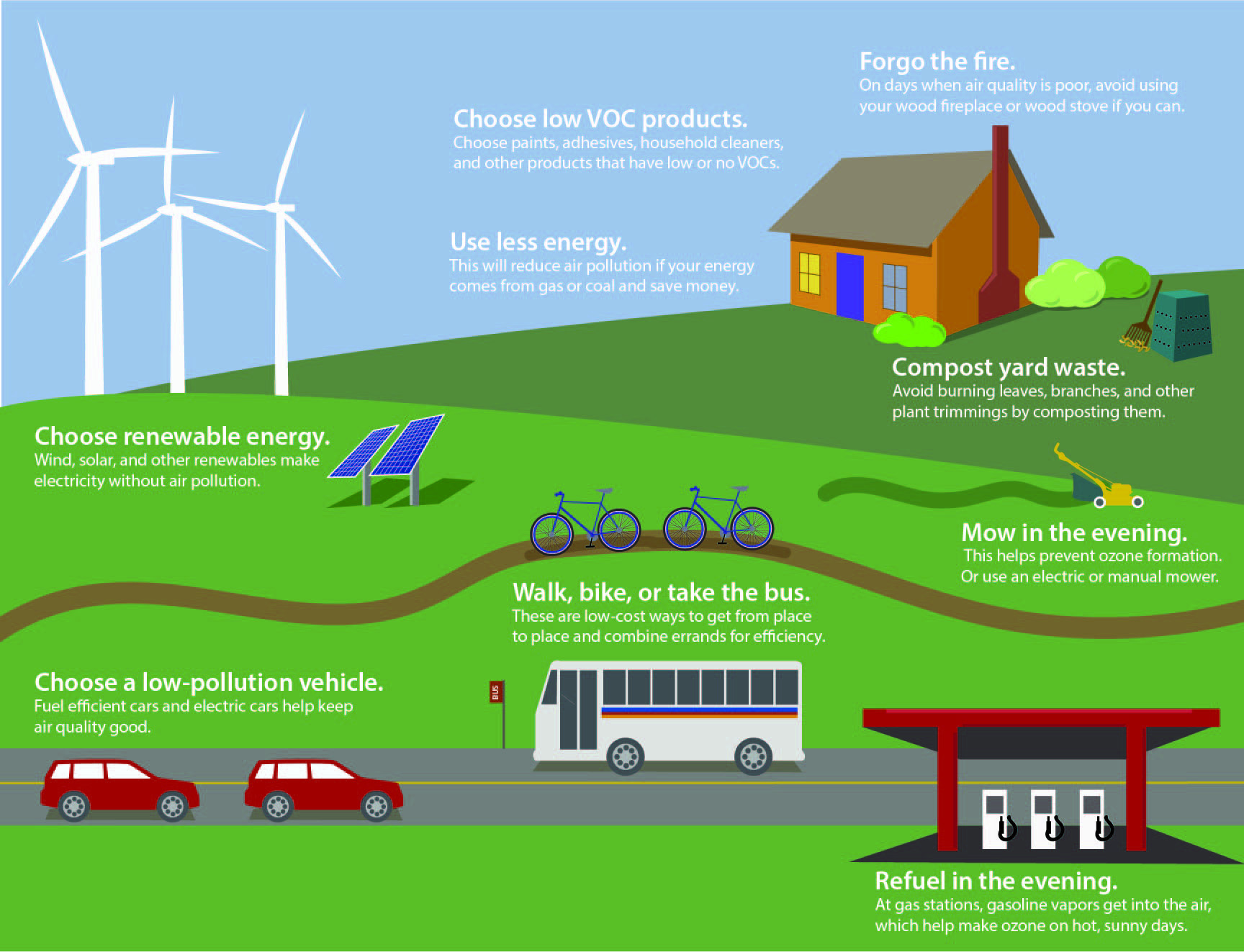
To explore more about air pollution solutions, watch this video.
Buy Equipment or Ask for a Service
By using Linquip RFQ Service, you can expect to receive quotations from various suppliers across multiple industries and regions.
Click Here to Request a Quotation From Suppliers and Service Providers
Read More on Linquip
- What is Air Pollution? All You Need to Know
- 10 Types of Water Pollution in 2022 + PDF
- Main Solution of Water Pollution in 2022
- 10 Main Causes of Water Pollution in 2022
- What is Water Pollution?

